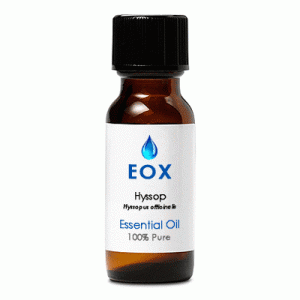|
Characteristics:
A colorless to pale yellowy-green liquid with a sweet, camphoraceous topnote and warm spicy-herbaceous
undertone. It blends well with lavender, rosemary, myrtle, bay, sage, clary sage, geranium, and citrus oils.
Principal Constituents: These are naturally occuring in the essential oil.
- pinocamphone
- isopinocamphone
- estragole
- borneol
- geraniol
- limonene
- thujone
- myrcene
- caryophyllene
General Actions:     Open Symbols Key
Open Symbols Key
Astringent, antispasmodic, carminative, cephalic, cicatrizant,
digestive, diuretic, emmenagogue, expectorant, febrifuge, hypertensive, sedative, sudorific,
tonic (heart and circulatory), vermifuge, vulnerary.
Safety:
 
Non-irritant, nonsenstizing; the oil is moderately toxic due to the pinocamphone content. To be used
only in moderation and avoided during pregnancy and by epileptics. Contra-indicated in cases of high
blood pressure.
Primary Therapy Agent:
Bruises, chronic coughs, coughs, sore throat, throat infections.
Secondary Therapy Agent:
Cuts/sores, dermatitis, eczema, irritated and inflamed skin, wounds, asthma, bronchitis, catarrh,
tonsillitis, whooping cough, colic, indigestion, flatulence, amenorrhea, leucorrhea, anxiety, nervous
exhaustion, fatigue, debility/poor muscle tone, nervous tension, stress-related conditions.
Important Note: The information on Florapathics.com is
only provided for educational purposes, and further research should be done on each essential oil to be assured
of its proper usage for each individual. Aromatherapy is not meant to be a replacement for care under a qualified
health professional, but should be considered a complimentary modality.
|











